Early Career Scientist Spotlight
Dr. Bea Gallardo-Lacourt
Space Physicist
Ionosphere, Thermosphere, Mesosphere Physics Lab
What inspired you to pursue a career in space physics?
I was always curious to understand how things around me work, ever since I was a kid. Being from Chile, astronomy’s world capital—hosting ~50% of the world’s astronomical infrastructure (if not more)—I always dreamed of becoming an astronomer. On my path to understanding how to become an astronomer I made my first ‘discovery’—I found physics. This led me to dedicate my free time during my junior and senior years of high school to work in an extracurricular physics laboratory at the University of Santiago and attend physics summer school at the University of Chile.
I completed my undergraduate studies in applied physics at the University of Santiago and I was invited by one of my professors to do basic research in cosmology, after taking a class on the subject. Still enamored with the idea of becoming an astronomer and thinking that this was a good way to get there, I started to study Schwarzschild black holes, which are the simplest type of black hole geometries (i.e., the ones that have mass but do not have electric charge nor spin). For the next six months, I stayed glued in front of the computer solving mathematical equations. This project gave me the opportunity to better understand the collaborative scientific environment when I went to work with a professor at the University of Buenos Aires. By the end of this research project, I discovered two things: (1) cosmology has way too much math, making the physics sometimes hard for me to find, and (2) that, above all, I really enjoyed scientific research.
The following semester, I decided to take an elective class on basic space plasma physics taught by Professor Marina Stepanova, not knowing that space physics will become an integral part of my life and that Marina was going to be a lifelong friend. Since the very first class, I felt that space physics combined everything I always liked: it had the clear path from physics—a mix of fluid dynamics and electrodynamics—but it also combined the visible beautiful phenomena that attracted me to astronomy.
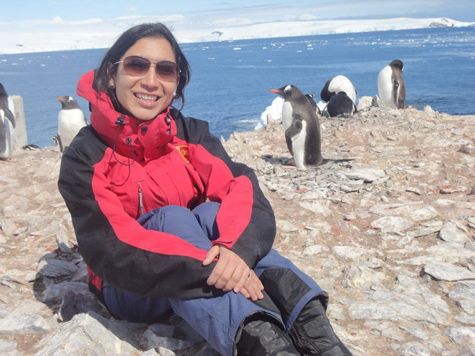
Credit: Dr. Marina Stepanova
What is your research focus?
My research focuses on Magnetosphere-Ionosphere (MI) coupling with an emphasis in ground-based instruments. In the MI system, it is possible to use the aurorae observed in the ionosphere to understand the dynamic magnetosphere. Space-based instruments give us amazing in-situ measurements of plasma dynamics in the magnetosphere, but usually provide a single point measurement in space. This data can be complemented by information that we can obtain from Earth’s ionosphere.
Currently, I am working on several projects. One of these projects involves analyzing the motion of auroral structures using a tracking technique called optical flow, which allows us to accurately determine the motion of structures even when they are faint. Our main goal is to complement the empirical plasma convection patterns that tell us how the plasma propagates in the MI system.
In addition, I am also analyzing the location of the optical open-close boundary—the boundary where the magnetic field transitions from open field lines connected to the solar wind to closed field lines in the magnetosphere—using all-sky imagers and particle data from Defense Meteorological Satellite Program (DMSP) satellites. The location of this boundary is very important because it provides information about plasma and energy transport in the whole MI system.
I am also working on several projects that focus on STEVE (Strong Thermal Emission Velocity Enhancement), a recently discovered ionospheric phenomenon. We are currently trying to understand how the structure is created, and what the roles of the magnetosphere and the ionosphere are on STEVE’s formation.
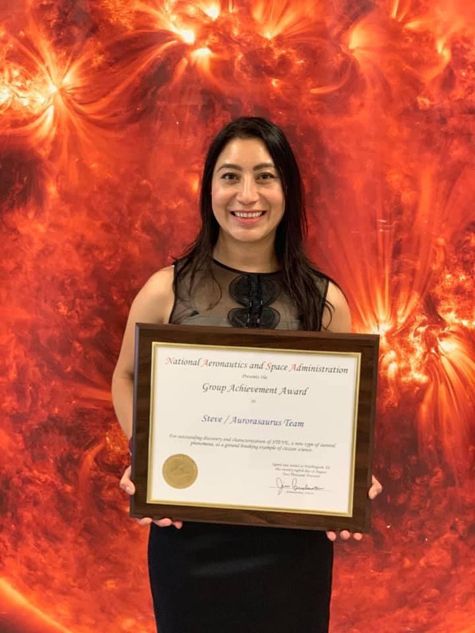
Credit: Dr. Burcu Kosar
How did you end up working at NASA Goddard?
In 2018, I applied to the NASA Postdoctoral Program (NPP) and I was awarded an NPP fellowship to conduct research with Dr. Larry Kepko.
What do you enjoy the most about your job?
I am lucky to be working with one of the most beautiful datasets in my field, auroral observations. With the deployment of the white-light THEMIS all-sky imagers (ASI) in the late 2000s, the space physics community has developed amazing and exciting research using these instruments. Currently, a red-line array has been deployed with field-of-views overlapping the THEMIS ASI, and RGB (red, green, and blue) cameras are being deployed at similar locations. The combination of these arrays will provide a great deal of information about the energy being deposited in Earth’s upper atmosphere.
I also enjoy the traveling associated with the scientific work (all currently suspended due to COVID-19) and the welcoming magnetosphere-ionosphere community. I have known a large number of my colleagues since I was an undergraduate student in Chile, and many of them have become very close friends; every meeting I look forward to catching up with them and to finding ways to continue working together.
What is one research project that you are particularly excited about, and why?
In 2016, I had the amazing opportunity to work on a newly discovered ionospheric phenomenon called STEVE. This project allowed me to collaborate with people from all over the world, especially early career scientists. During my PhD, I worked with ASI measurements that record the nightside aurora. The ASI data help us understand the dynamics of the Northern Lights and their implications for near-Earth space environment. Closer to the end of my PhD, I had analyzed thousands of images in conjunction with different space-based and other ground-based instruments. During this time, I found several different structures that did not behave like traditional aurorae and I saved them in a folder called “weird events.” These structures were extremely narrow and they were located equatorward, relative to typical aurorae, but to me the most striking characteristic was that they propagated in the night sky faster than any other structures that I had analyzed. I usually explain this distinction as the typical aurora being the coyote while STEVE is the roadrunner. Because of these observations, I had the great opportunity to start collaborating with scientists in Calgary and here at Goddard. The collaboration between these two groups was the catalyst of STEVE’s discovery.
Now, I still collaborate with many scientists on the topic and we are organizing an NSF-founded workshop. This upcoming workshop aims to establish more collaborations among scientists—especially those early in their careers—and to bring better understanding to the formation and dynamics of STEVE.
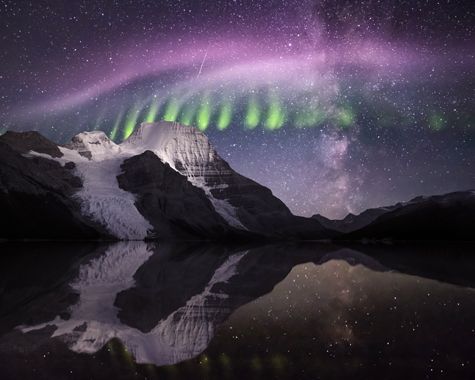
Credit: Alberta Aurora Chaser, Robert Downie
What is one of your favorite moments in your career so far?
The research that we conducted on STEVE gave me the opportunity to create strong collaborative relationships, especially with my early career peers. I think that investigating STEVE gave many of us the opportunity to do science in a very fundamental way, where every question was valid, and every different direction of research provided us with new understanding.
What is one space mission that you are particularly excited about, and why?
The Geospace Dynamic Constellation (GDC)! GDC is a mission concept aiming to study the magnetosphere-ionosphere-thermosphere (MIT) system and its responses to energy inputs. GDC will answer these questions on a global scale using a constellation of satellites. These data, combined with newly deployed all-sky imagers (e.g., TREx in Canada), will provide unique research opportunities to gain a better understanding of the whole MIT dynamics.
I am also excited for the PUNCH mission, which will analyze the sun’s outer atmosphere, the corona, and how the solar wind is generated. Recently, I have been working with the team to analyze how we can implement the optical flow technique to trace the motion of structures in the solar corona and see how these results compare to other techniques. I am excited to collaborate with people outside of my field of expertise, which allows me to learn new science and tools for use in my own research.
What early career advice do you have for those looking to do what you do?
Find a research topic that you are passionate about and look for great mentors. For minority students, and especially women, I want to tell them that it is possible to achieve their goals, and that they should never stop pursuing their dream. I was told by many people that I was wasting my time pursuing a scientific career and, although this was discouraging, I decided to take it as a challenge and prove them wrong. Underrepresented minorities are highly needed in sciences, not because we need to improve the numbers, but because they bring a different perspective and a different point of view to the scientific work.
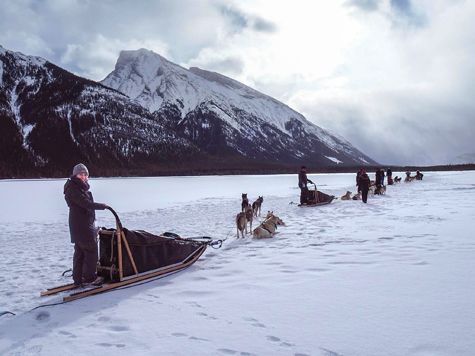
Credit: Dr. Christine Gabrielse
Who inspires you?
There are so many people who inspire me. For sure, my first inspiration is my parents who taught me that everything I wanted could be accomplished with hard work. I have also been very lucky to have amazing mentors throughout my career (i.e., Drs. Marina Stepanova, Larry Lyons, Toshi Nishimura, Eric Donovan, and Larry Kepko) that have helped me in different ways to gain a better understanding of physics and scientific work.
I am also inspired by the impact that our research produces and by the amazing research being developed by many colleagues at NASA and in the community.
What are some fun facts about you?
I love languages. I studied French my whole life before moving to the U.S., and then I had to rapidly catch up with learning English. During grad school, I took Russian and Italian classes. I would love to be able to practice and learn more.
Also, during the pandemic, I bought a sewing machine, and I am teaching myself—with the help of YouTube—how to make quilts. My plan is to get better at quilting and make these blankets for low-income mothers with newborn babies.
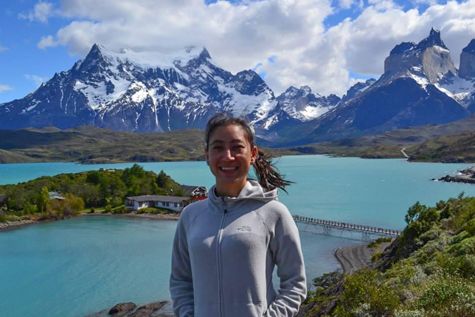
Credit: Dr. Victor Pinto
Biography
Home Town:
Santiago, Chile
Undergraduate Degree:
Bachelor's in science, Applied Physics, University of Santiago, Chile
Bachelor's in engineering, Physics Engineering, University of Santiago, Chile
Post-graduate Degrees:
M.Sc, Atmospheric and Oceanic Sciences, UCLA, USA
Ph.D, Atmospheric and Oceanic Sciences, UCLA, USA
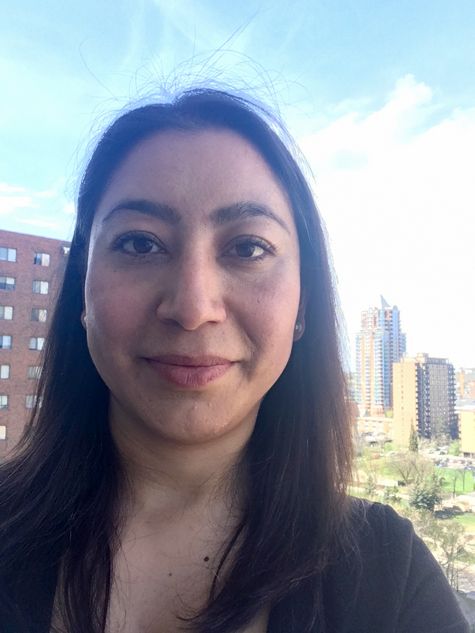
Link to Dr. Gallardo-Lacourt's GSFC Bio
